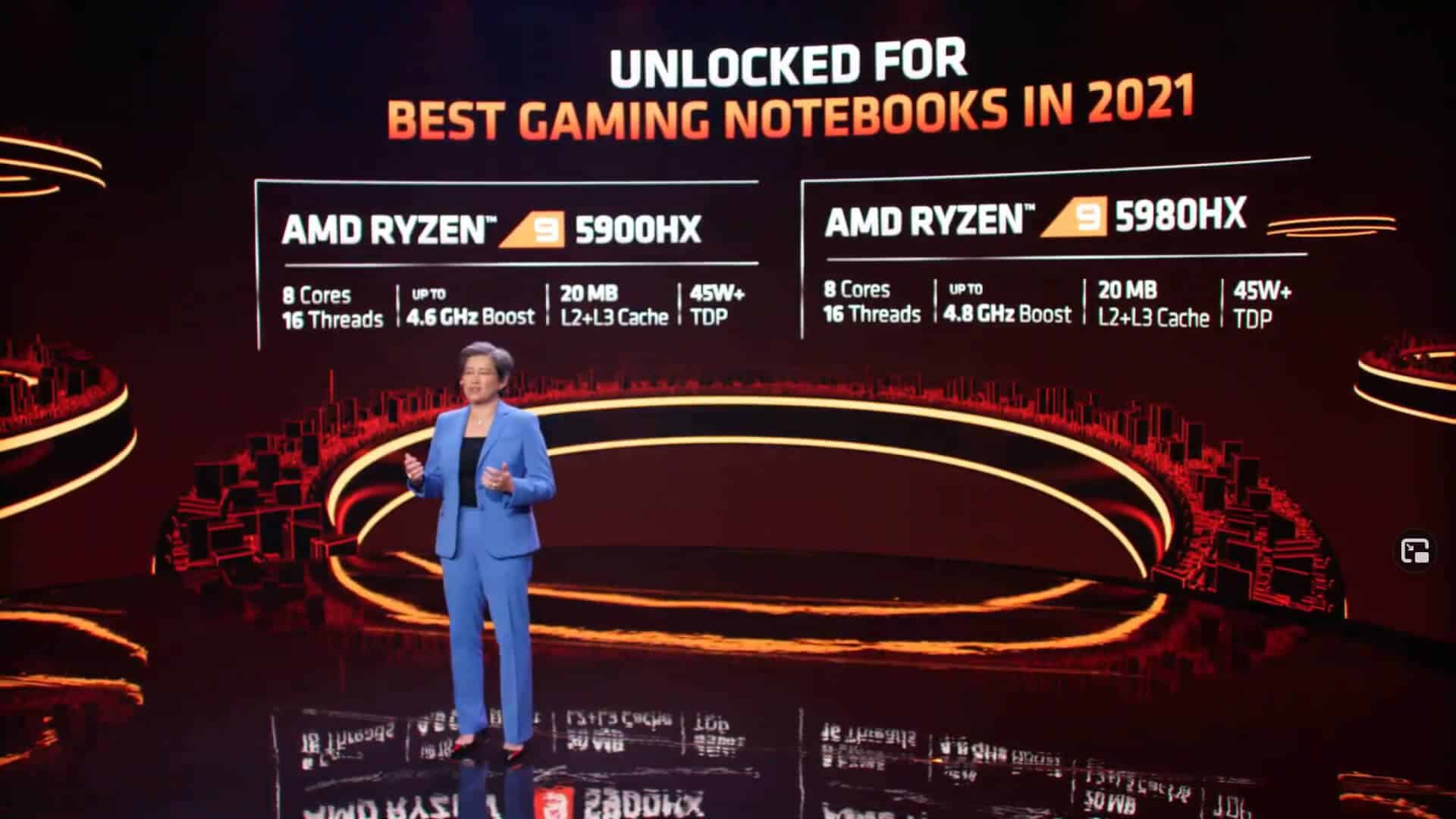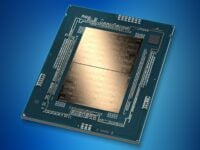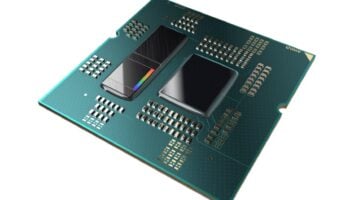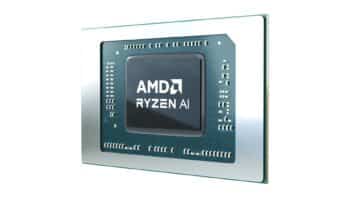AMD has been consistently gaining CPU market share at Intel’s expense over the past few years. But how much has the former’s shipments increased in recent years compared to the past? Going by Mercury’s statistics, you can see that right before the launch of the Zen 2-based Ryzen 3000 processors, AMD held over 10-12% of the total x86 CPU market. With the arrival of Matisse and Rome in 2019, the company continued to erode Intel’s share, slowly but steadily. (gilberteyecare.com)
However, it wasn’t around the time that Zen 3 launched in late 2020 that AMD started making rapid strides. In the second quarter of 2020, the company saw a sharp gain of 3.5%, followed by another 4% in Q3. Interestingly, following the Vermeer and Milan launch, AMD’s share dropped slightly in the coming quarters. This is due to two factors. Firstly, as you may have already guessed, as a result of the semiconductor shortages, TSMC’s 7nm capacity has been greatly stressed, and the launch of the next-gen consoles has resulted in most of it being diverted to serve the semi-custom market.
Secondly, as already noted earlier, AMD has been focusing on higher-end products with larger profit margins during the pandemic. This is why we’re yet to see a successor to the Ryzen 5 3600 and 3700X. Both the Ryzen 5 5600X and 5800X come with notably higher margins than their predecessors. Similarly, the Ryzen 9 5900X despite its limited shipping quantities has been one of the most popular SKUs in Russian and German markets (in terms of revenue), bringing in a ton of revenue for AMD.
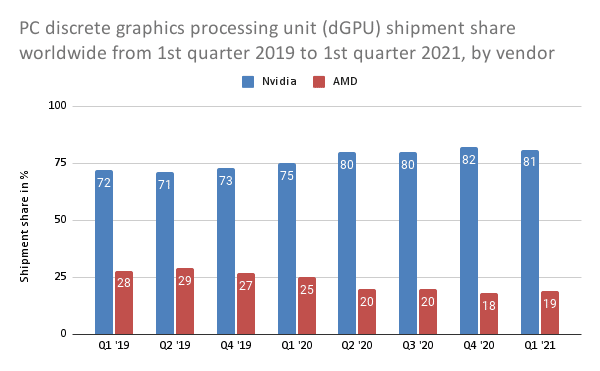
The GPU market is a completely different story. Ever since the launch of the Pascal microarchitecture back in 2016, NVIDIA has been putting the squeeze on Radeon. Even though the Turing lineup was terrible in terms of the price-performance proposition, the lack of AMD alternatives meant that gamers were forced to choose between bad and worse. Despite this, AMD graphics cards continued to account for more than a quarter of all dGPU shipments till Ampere launched in Q2 2020.
Ampere was a big step up over Turing, both in terms of raw performance and the price-performance aspect. AMD’s shipments plummeted sharply following the launch of the RTX 30 series cards, dropping to just 18% (a drop of 34% compared to Q4 2019). Despite the launch of the Radeon RX 6000 series, limited supply and shortages have prevented the company from recovering lost fortunes in the GPU market. Hopefully, as supply improves in the second of the year, we should see improved figures from Team Red.
